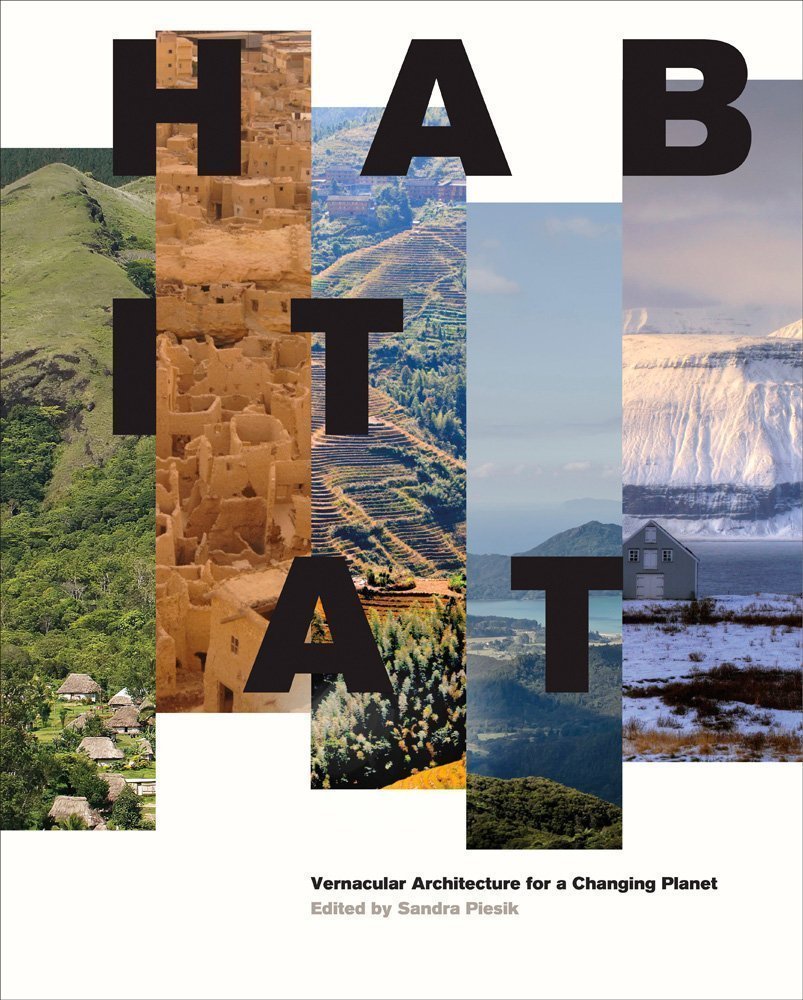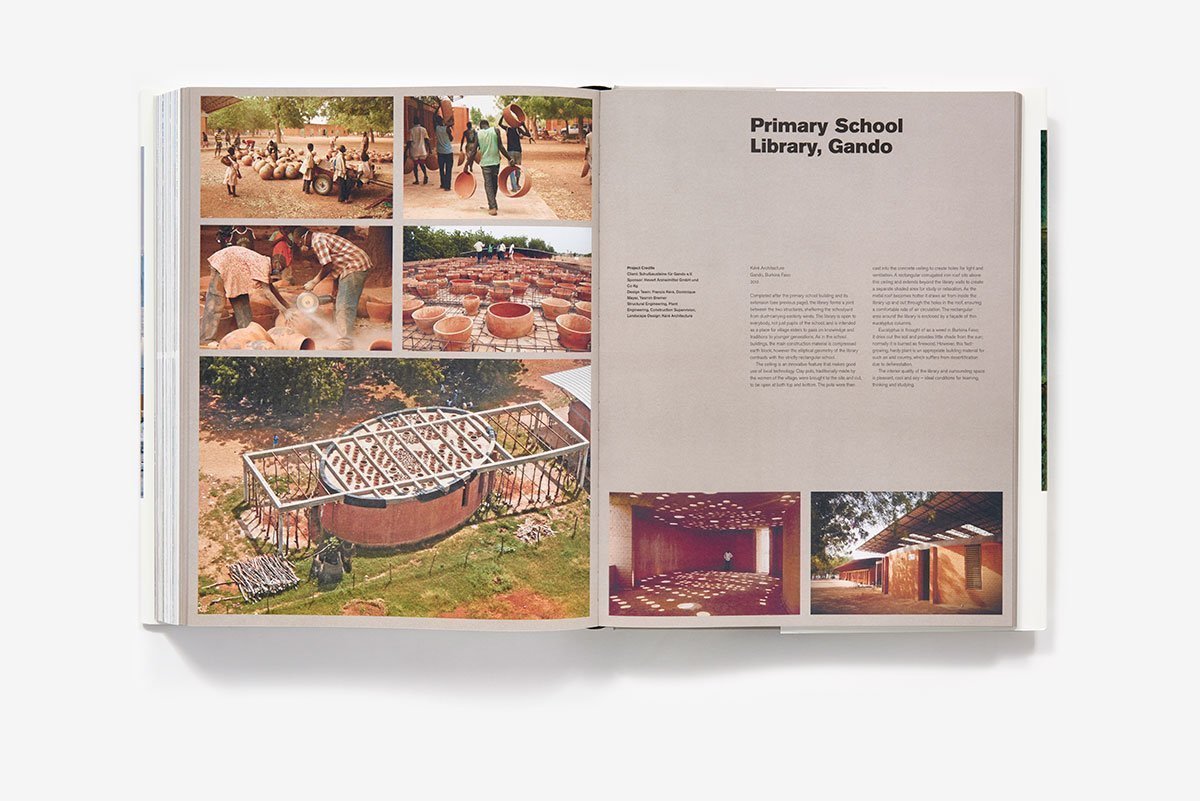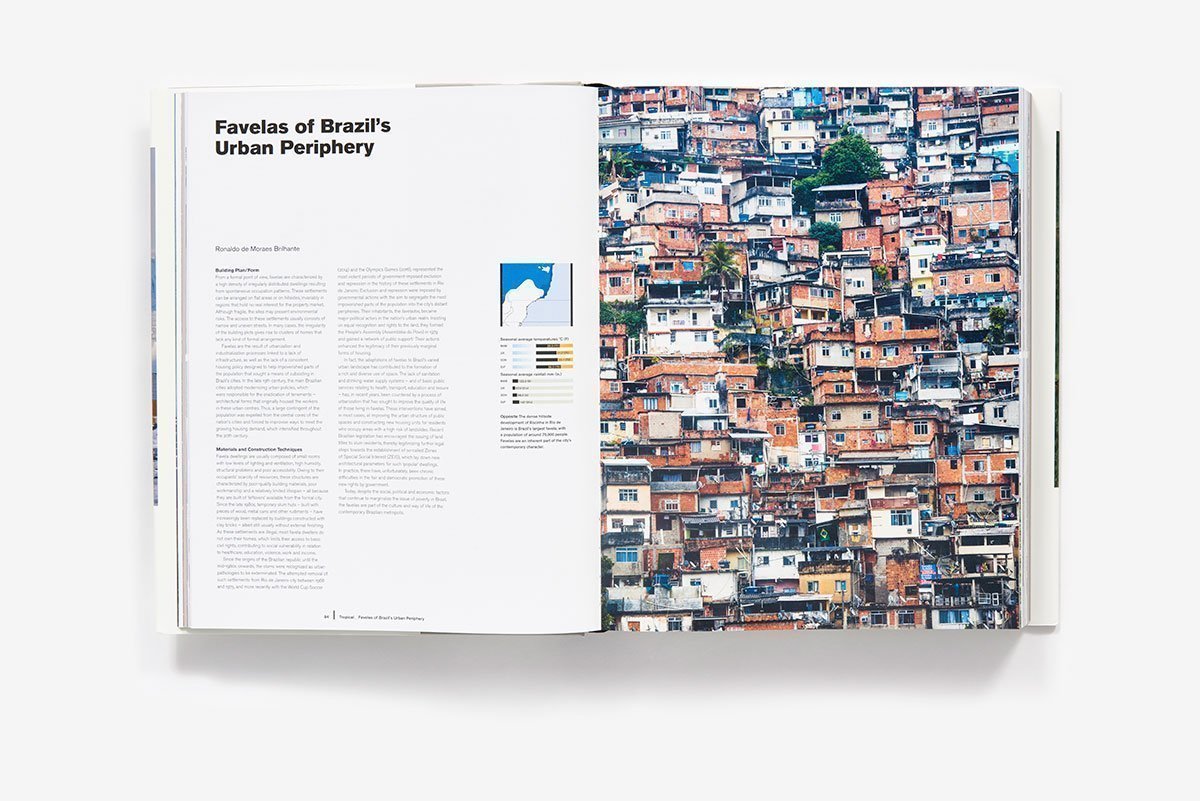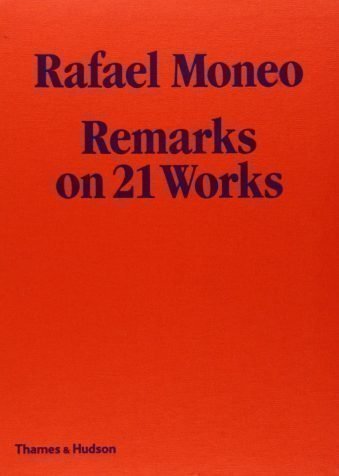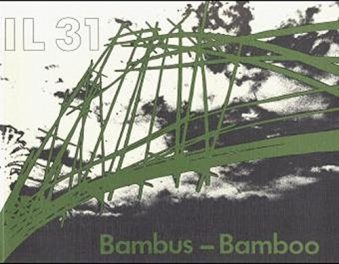- Empty cart.
- Continue Shopping
Habitat: Vernacular Architecture for a Changing Planet
₹5,500.00
- By
- Hardcover: 600 pages
- Publisher: Harry N. Abrams (31 October 2017)
- Language: English
- ISBN-10: 9781419728808
- ISBN-13: 978-1419728808
- Product Dimensions: 29.2 x 5.1 x 36.8 cm
1 in stock
Vernacular architecture is architecture without architects; designed based on local needs, these buildings make use of natural resources and demonstrate diverse architectural forms, design elements unique to their culture, and ingenious construction techniques. From bamboo garden pavilions in China to homes made from reeds in southern Iraq, and mud dwellings in Mali to pine huts in Siberia, Habitat showcases the diverse and indigenous materials that can be used to build innovative, sustainable structures.
The core of Habitat is arranged by climate zone, from desert to tropical, temperate to arctic. Within each section, buildings are presented regionally, showing how local climatic conditions and vegetation affect the evolution of building styles. Complete with a range of essays exploring the economic and anthropological aspects, as well as a reference section with information on materials science and engineering, Habitat offers real-world insights into sustainable buildings and stresses the importance of preserving disappearing craftsmanship and local knowledge.




